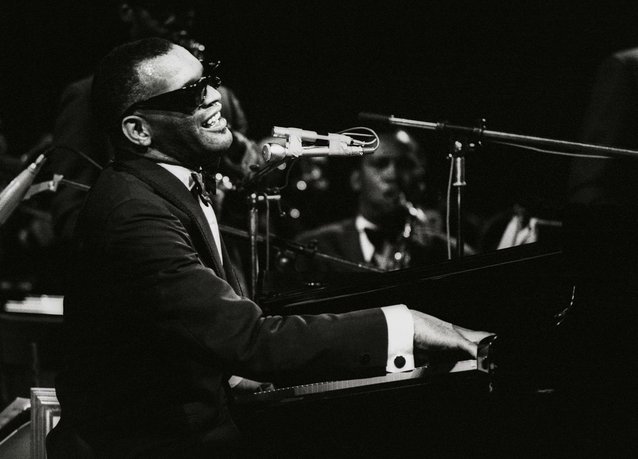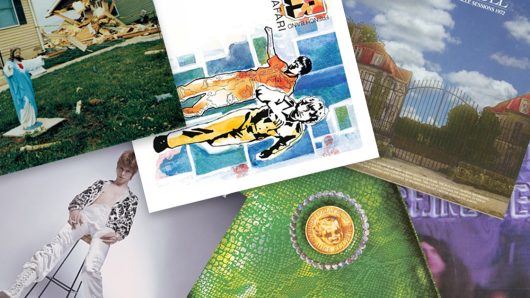Ray Charles Robinson, known to the world as Ray Charles, was born in Albany, Georgia, on 23 September 1930, and learned to play piano at an age when most kids were in infant school. It’s just as well he did, as his eyesight faded to complete blindness by the time he was seven years old. Charles’ mother found him a school willing to take a poor, blind Black kid, and while there, he learned to play classical piano alongside the blues and jazz he could already deliver. As an aspiring teenage professional musician in Seattle, Los Angeles and Miami, Charles styled his work after the silky early jazz recordings of Nat King Cole, but it was with R&B that he broke through to the charts, with singles released on several small labels, edging towards the formula that would result in the best Ray Charles songs.
Charles signed to Atlantic Records in 1952, and steadily established himself as the sort of artist who was at the cutting edge, recording R&B that was more like the soul music that hadn’t been invented yet; cutting blues like it was jazz and even soul that was country. Tagged “The Genius”, Brother Ray became a giant of the pop charts, boss of the Black charts, and a lasting legend. While his chart status faded somewhat in the mid-to-late 60s and he struggled with narcotic addiction, he remained an artistic force on stage and on record, and ran his own record labels. His remarkable life was made into a Hollywood movie, Ray, in 2004, the year he passed away.
Here are just 20 of his fantastic records, mostly cut in the 50s and at the start of the 60s, which remind us of what this brilliant man gave to us all.
Listen to the best of Ray Charles’ Atlantic years here, and check out our best Ray Charles songs, below.
20: I Got A Woman (single A-side, 1954)
Released in 1954, I Got A Woman (aka I’ve Got A Woman) remains contemporary. It’s been covered by everyone from Elvis to The Beatles to Dire Straits, used as the basis for Kanye West’s Gold Digger, and is so relevant to modern ears that it was “borrowed” for a “disco edit” bootleg a few years ago. One of the building blocks of soul music, it stands as one of the best Ray Charles songs of all time, and finds the singer roaring the praises of a woman over a melody and backing that was straight out of gospel music (he took some of the melody from The Southern Tones’ It Must Be Jesus). Why was the woman he spoke of from way over town? Was this a hint of love between different races, utterly taboo in 50s America? Ray was always a pioneer…




